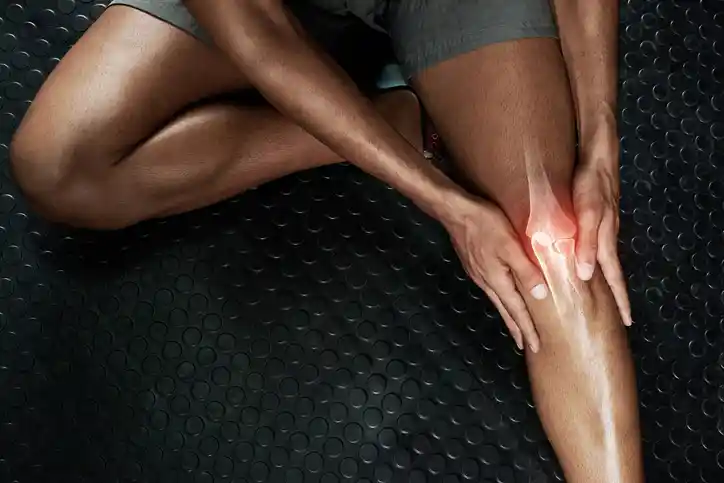Cervical radiculopathy is a neurological condition characterized by the compression or irritation of nerve roots in the cervical spine. This condition can lead to symptoms such as neck pain, numbness, tingling, or weakness in the arms or hands. The accurate diagnosis, severity assessment, and localization of the spinal level involved are crucial for effective management and treatment planning. In this context, Electromyography (EMG) and Nerve Conduction Studies (NCS) play a pivotal role.
EMG/NCS in Diagnosing Cervical Radiculopathy
EMG and NCS are non-invasive tests that measure the electrical activity of muscles and the speed of nerve signals, respectively. These tests are instrumental in confirming the presence of nerve root dysfunction, assessing the severity of the impairment, and pinpointing the specific cervical levels affected.
- Diagnostic Accuracy: EMG/NCS can help confirm a diagnosis of cervical radiculopathy, especially when clinical findings and symptoms suggest nerve root involvement but imaging studies (like MRI or CT scans) are inconclusive. NCS can assess the health of peripheral nerves and exclude other conditions that mimic radiculopathy, such as peripheral neuropathy or carpal tunnel syndrome. EMG evaluates the electrical activity in muscles, detecting abnormalities that indicate damage from nerve compression.
- Severity Assessment: The severity of cervical radiculopathy can be gauged based on the degree of abnormal findings on EMG/NCS. For instance, EMG findings such as fibrillations (spontaneous muscle fiber activity) and positive sharp waves can indicate acute or ongoing nerve damage. The presence and extent of these abnormalities across multiple muscles innervated by different nerve roots can help determine the severity of the nerve involvement.
- Determining Spinal Levels: One of the most significant advantages of EMG/NCS in the context of cervical radiculopathy is their ability to localize the affected cervical nerve root(s). This is particularly valuable because symptoms alone can sometimes overlap among different cervical levels. By examining the electrical activity in muscles innervated by specific nerve roots, EMG can pinpoint the exact level(s) of nerve root involvement. For example, weakness in the biceps and wrist extensors, with corresponding EMG abnormalities, might suggest involvement of the C6 nerve root, while issues with the triceps and intrinsic hand muscles might point to C7 or C8 nerve root pathology.
- Differentiating Causes: Cervical radiculopathy can be caused by various spinal conditions, including herniated discs, degenerative disc disease, or spinal stenosis. While EMG/NCS cannot directly visualize these spinal structures, the pattern of nerve involvement indicated by the tests can provide clues about the underlying cause. For instance, widespread nerve involvement might suggest a more diffuse degenerative process, whereas a single affected level could be more indicative of a focal disc herniation.
- Guiding Treatment: The findings from EMG/NCS can guide the treatment approach for cervical radiculopathy. Mild abnormalities may suggest conservative treatment options like physical therapy, medications, or cervical epidural injections. In contrast, severe or progressive neurologic deficits highlighted by EMG/NCS might prompt consideration for surgical intervention to decompress the affected nerve root(s).
Conclusion
EMG and NCS are indispensable tools in the diagnosis, severity assessment, and localization of cervical radiculopathy. Their ability to provide objective evidence of nerve root involvement and to distinguish among potential causes of symptoms makes them invaluable in the clinical decision-making process. By accurately identifying the affected spinal levels, EMG/NCS can guide appropriate treatment strategies, ultimately improving outcomes for patients with cervical radiculopathy. As part of a comprehensive evaluation, these tests ensure that patients receive targeted, effective treatment tailored to their specific condition, thereby enhancing the quality of care and facilitating optimal recovery.
Photo by: Ryutaro Tsukata





